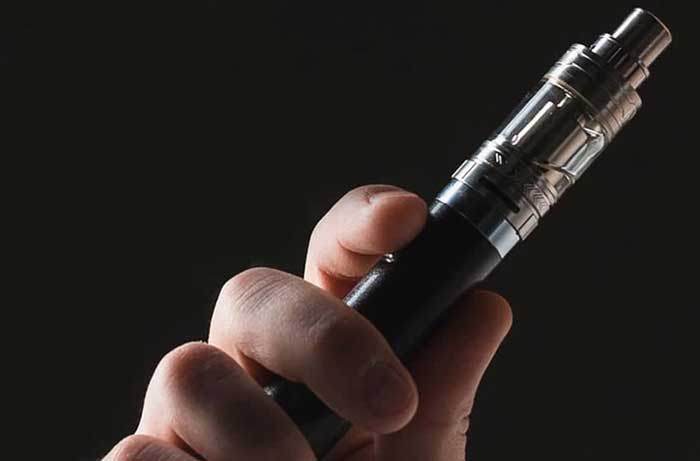A RENOWNED Filipino heart expert says nicotine should be a part of public health strategy to address the smoking epidemic, which kills millions of people globally each year.
In a recent satellite symposium during the annual convention of the Philippine Heart Association (PHA), Dr. Rafael R. Castillo said smoke-free nicotine products such as vapes and heated tobacco products (HTPs) can significantly reduce the health risks faced by millions of Filipino smokers.
“Nicotine can also be part of the solution to the smoking problem, and it can be part of any intervention that we wish to use to reduce the harm from smoking,” Dr. Castillo, the first Filipino and Southeast Asian to be elected as a trustee of the United Kingdom-based International Society of Hypertension (ISH), said in a virtual discussion during the 70th anniversary and 52nd annual convention and scientific meeting of the PHA.
Dr. Castillo has previously also served as president of the Philippine Heart Association-Philippine College of Cardiology and the Asia Pacific Society of Hypertension.
The health expert pointed out that nicotine is not the primary cause of smoking-related diseases. “Tobacco smoke contains 7,000 chemicals, of which nicotine is one. Smokers commonly misperceive that nicotine is a major carcinogen. Currently available evidence does not suggest that nicotine in itself induces cancer,” he added.
Dr. Castillo said that while traditional approaches have failed to address the smoking epidemic, the introduction of smoke-free alternatives has been associated with less health risks, making them the most effective solution to address the problem.
He pointed out that for recalcitrant smokers or those who can’t quit despite smoking cessation interventions, “the use of electronic nicotine delivery systems or alternative tobacco products may serve as a pragmatic middle ground to reduce harm and eventually make them quit completely.”
“With all the heartbreaking failures we had in making recalcitrant smokers kick the habit, we have to face reality. We have to offer recalcitrant smokers alternatives and give them more tools. Smoking addiction is not something that they cannot simply overcome. We have tried all sorts of smoking cessation interventions (nicotine patches, gums, etc.), but we are not getting anywhere. We are not really progressing as much as we would like to,” he said, adding that the Philippines has the second highest prevalence of smoking in Southeast Asia, next to Indonesia.
Dr. Castillo said addressing the problem requires a pragmatic approach, as the decline in smoking rate has been slow under the current strategy that involves the use of nicotine replacement therapy.
He said that as part of their due diligence to decide whether to allow alternative tobacco products in their smoking patients or not, their research group at the FAME Leaders Academy conducted a systematic review and meta-analysis on the effects of heated tobacco products compared to traditional tobacco cigarettes on heart rate, blood pressure, and other predictors of cardiovascular risks among adult smokers. The study showed significant differences in some risk factors that may impact favorably on the smokers’ cardiovascular health.
“HTPs and other alternative tobacco products can be part of tobacco harm reduction which is anchored on the fact that there are some lifestyle practices or bad behaviors that are simply inevitable,” he said.
“If that is so, our next objective is to minimize the harm people suffer as a consequence. People make poor lifestyle choices despite suffering negative health effects. Complete smoking cessation is the primary goal, but it is not achievable. There has to be a pragmatic middle ground. There will still be around one billion smokers globally by 2025 if the smoking problem is not aggressively addressed,” he said.
Dr. Castillo said e-cigarettes were found to be more effective than nicotine replacement therapy in making smokers quit, based on a 2019 UK study.
Dr. Jorge A. Sison, who moderated the session, said that while smoking prevalence in the Philippines went down to 25 percent last year from 27 percent in the previous years, the ratio remains high.
Dr. Sison, past president of PHA, said tobacco harm reduction is a promising strategy. “I hope that our government will open its eyes and welcome new addition to our campaign against smoking,” he said.




